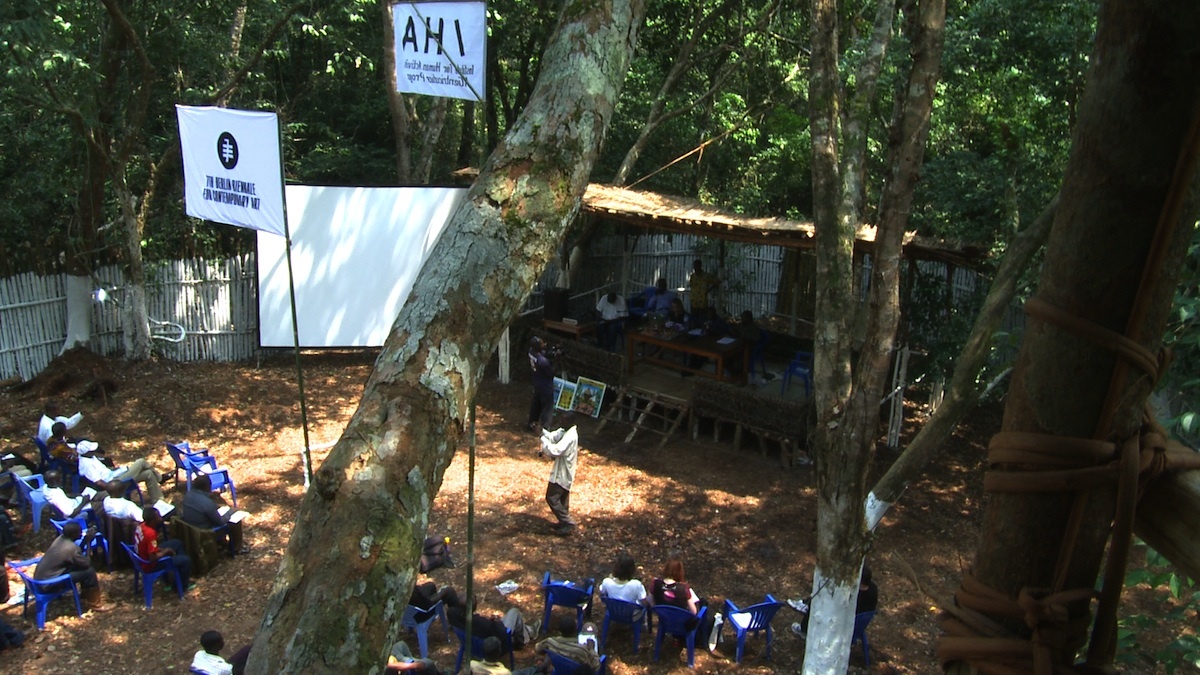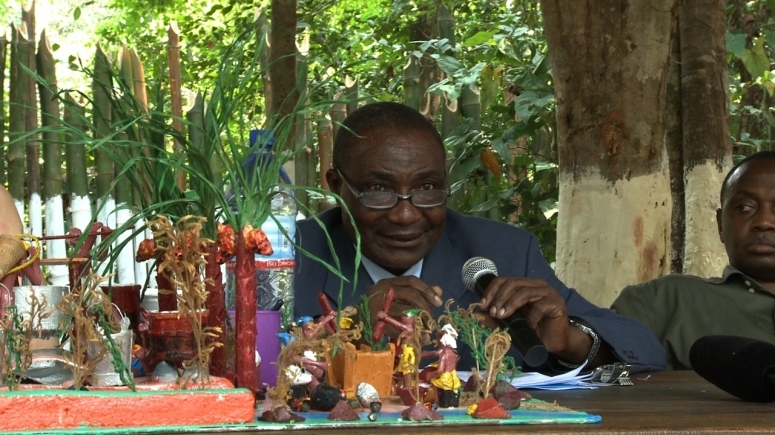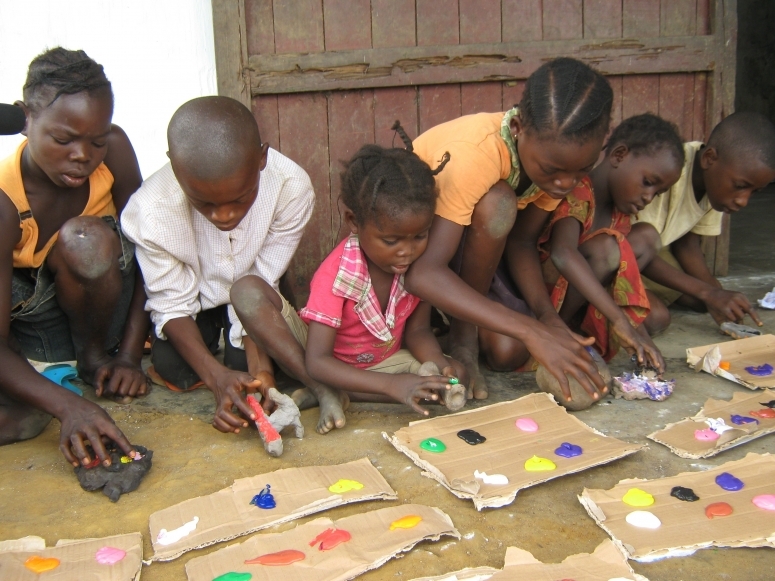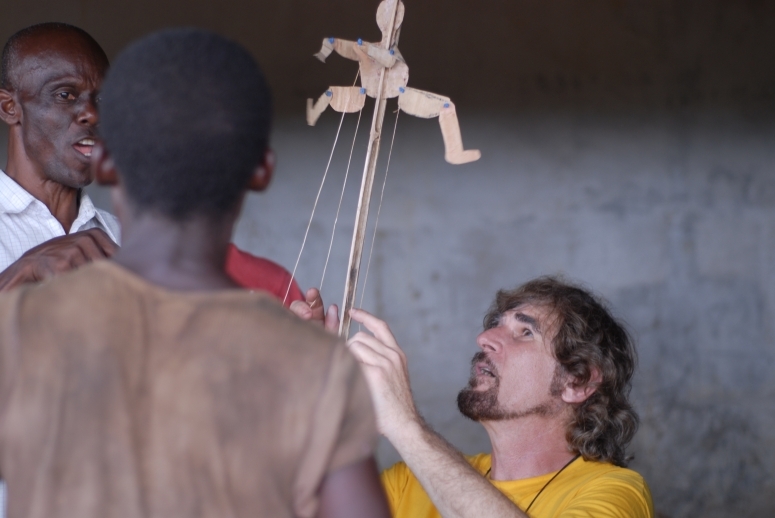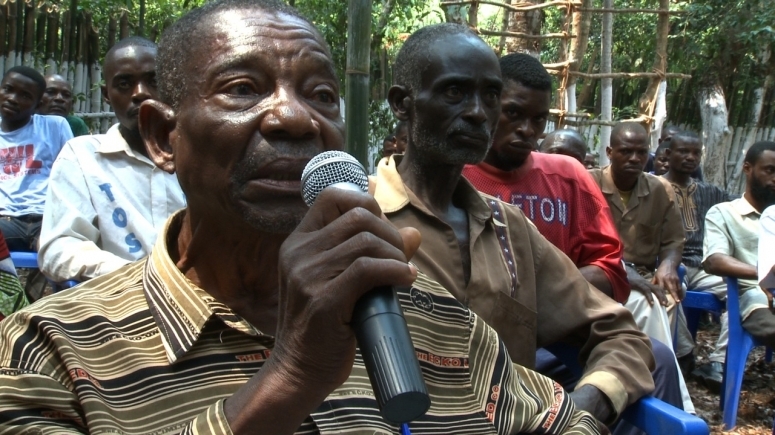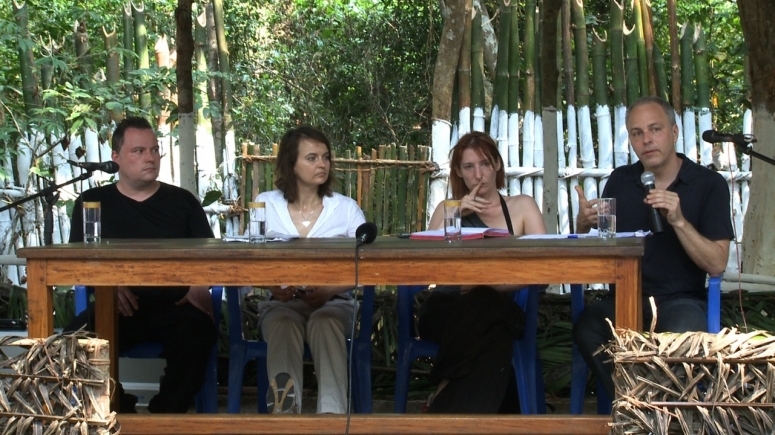The Dutch artist Renzo Martens is known for his politically-provocative depictions of the developing world – but his most recent project, the Institute for Human Activities, goes well beyond representation to direct intervention. Correspondent Nick Houde reports on Martens' self-described "gentrification project," a new model designed to help keep culture-generated capital circulating in a local context.
In art practice it has become common to question architecture’s relationship to contemporary art, but rarer for artists to ask the more directly architectural question: what is the architecture of contemporary art? But it is in response to this latter question, that the Dutch artist Renzo Martens is exploring the material space and social dynamics of the art environment through his recent initiative, an institution for contemporary art in the Democratic Republic of Congo
Martens’ new project, the Institute for Human Activities, takes a much less cynical approach than many of his former works. His well-known 2008 film Enjoy Poverty, for example, simply highlighted the strange imbalance in how the western art world “enjoys poverty” but did little in the way of posing new development strategies. The IHA, by contrast, flips the structure of exploitation exposed in Enjoy Poverty, taking funding from public and private European arts foundations to initiate a development project in the Congo whose peripheral economic effects could benefit the local people. As Martens puts it: “You could make a video showing how poor people are in Congo, but when this video is then shown in in London, it generates an economy in London rather than in Congo. This is something we would like to reverse.”
The IHA’s home base is in area called Boteka in the northwestern Congo. So far a series of workshops have been conducted on site which focus on facilitating resilience, confidence and entrepreneurial spirit through art practice. The (somewhat vaguely-described workshops) provide a place for local people to engage in artistic expression and to hone practical creative techniques. The plan is for artwork made by locals to be sold to visitors, and for the “strongest work” to eventually be exhibited in international galleries. The program as a whole kicked off in 2012 with an inaugural seminar, bringing together international speakers to engage with the idea of gentrification as an interventionist strategy.
IHA is located next to a former Unilever Palm Oil plantation. Its area contains infrastructure originally built for plantation workers, including living spaces and a rudimentary store. Built crudely by Unilever in the 1950s, the plantation architecture was articulated to fit basic functions – its small barrack-like concrete huts providing bare living necessities for plantation workers. After being abandoned for the last 15 years, the former supply store sees new life as the physical center of the IHA project and the artistic outreach center for the local community. The store’s architecture has been re-purposed as a studio-like space, and new structures have been erected around it to be used for lectures, workshops and conferences. The newly-built structures are made of mostly bamboo and vine, built with the help of locals in the area.
The studio building’s area is cordoned off by a slat fence around its perimeter – a demarcation deliberately echoing those found around former western-built commercial compounds – but here painted white to flag up the aesthetic posturing of a contemporary art center.
The resulting area in plan is a bound circle, cordoned off by bamboo stakes with a communal center where activities and events are held. The space mimics the vernacular of the location with its use of material, while re-arranging the layout to then mimic spaces of the art world, orienting its use toward the utility of art rather than that of plantation work. The project is all part of IHA’s five-year “Gentrification Plan,” which tends away from a point-blank criticism of art as a “gentrifier” in social development, but instead embraces its potential to alter social structures positively.
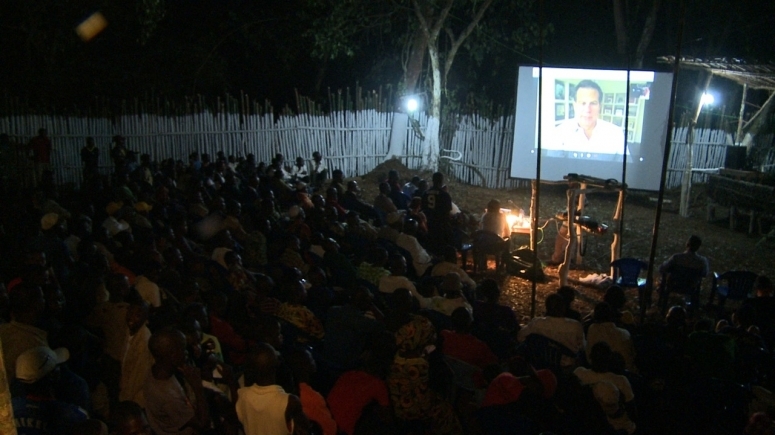
The spatial plan as a whole is modeled on city development schema used in urban areas across North America and Europe, a strategy based on the research of Richard Florida. Florida studied Chicago’s Wicker Park neighborhood in the late 1990s, examining the way artists and creative people were able to slowly re-brand their neighborhood by capitalizing on its cultural value and room for growth. Florida found that, over time, the very newcomers who had initially altered the terrain of the neighborhood were priced out along with the long-time residents. But before they were pressured to leave they often still benefited, though marginally, from the initial wave of investment and infrastructure created. In a place such as the Congo, which produces creative value for export, the process of gentrification has a unique possibility in retaining the value of cultural creation in the actual place it was generated.
Unlike its western forerunners, the Congo has little in the way of infrastructure or economic diversification. Gentrification, as a process that generates those very infrastructural elements, has the potential to inject organic growth by focusing not just money but purpose and attention into the area – providing a structure for people to engage in economies outside that of the plantation. Whilst traditional models of development are not wrong to focus development initiatives on infrastructure, they often fail to look at who the infrastructure is built for, and who captures the value generated once it accumulates. By renegotiating the concept of what it means to be “local,” the IHA offers a new kind of experiment in how social value can be inscribed not only upon the built environment, but in collaboration with the people living in it.
– Nick Houde is an artist and researcher based in Berlin.




